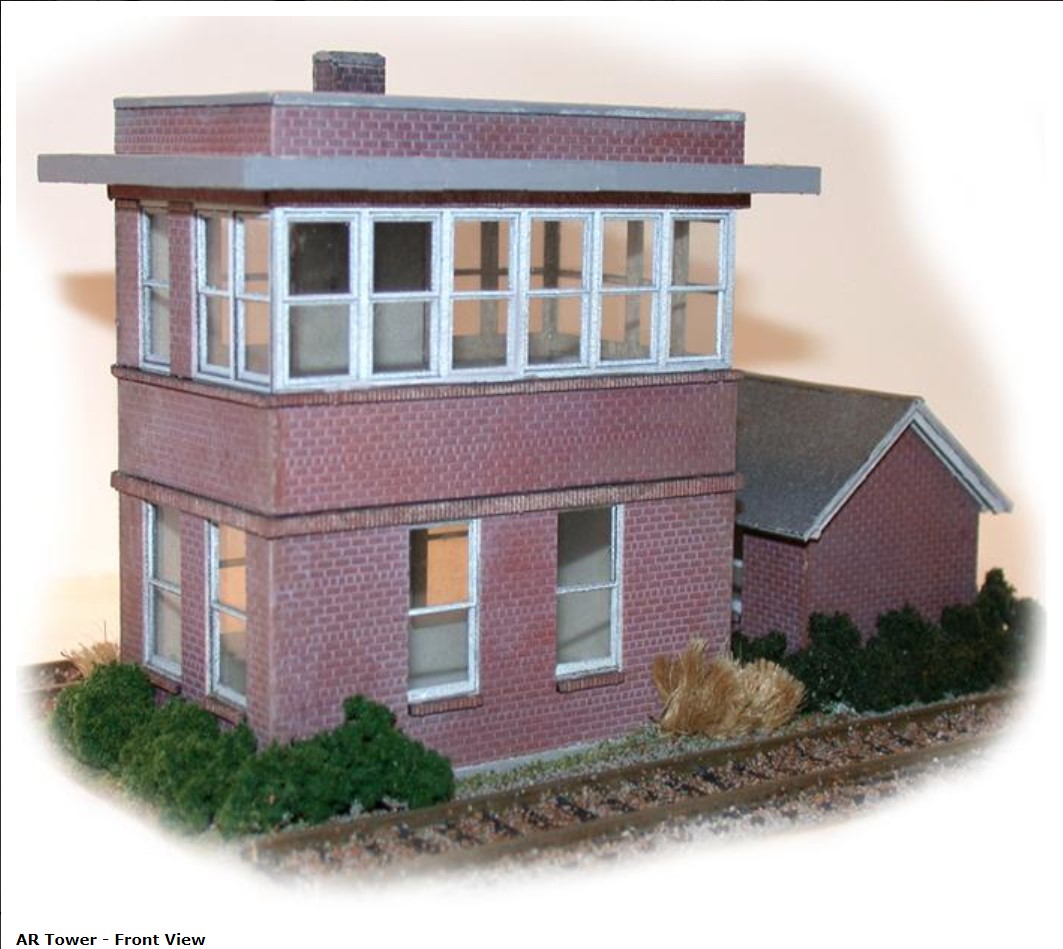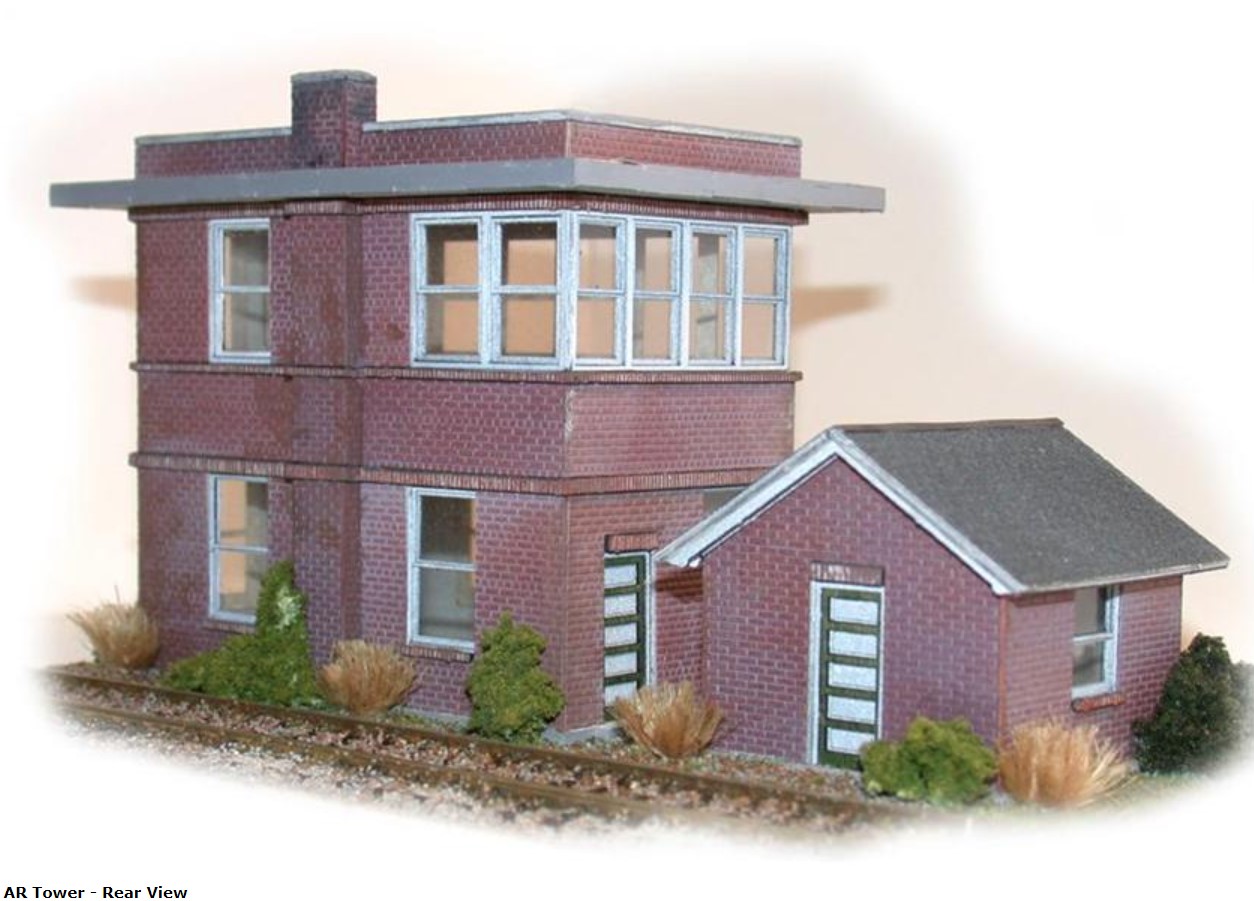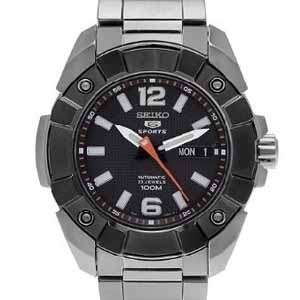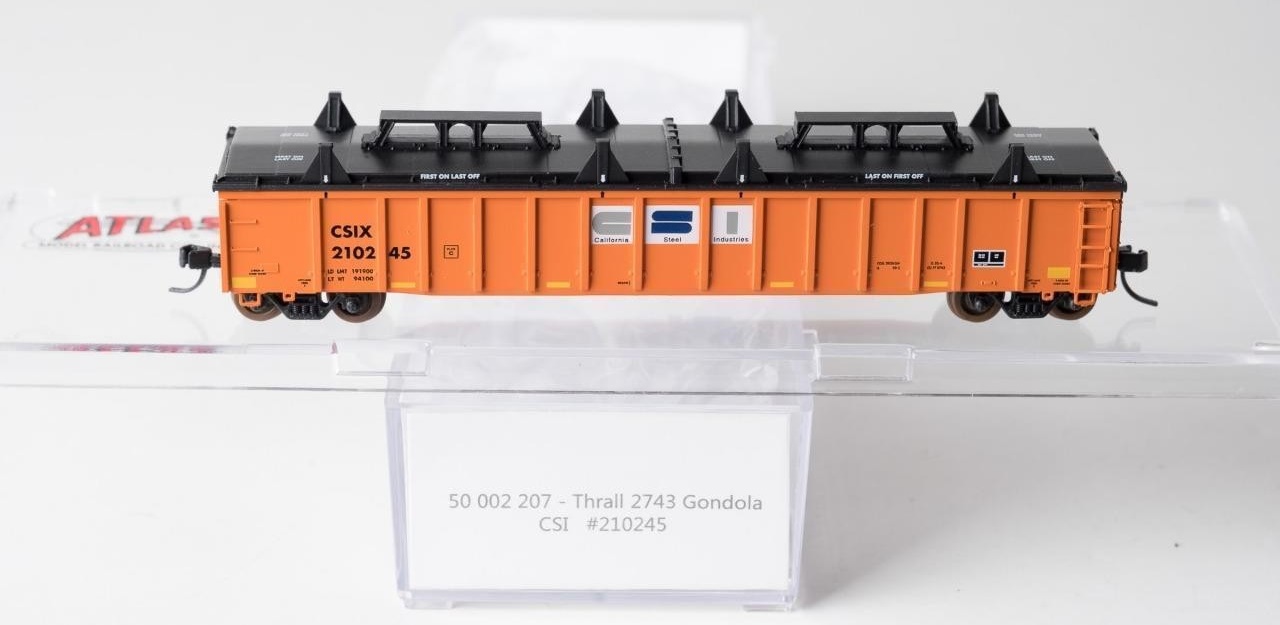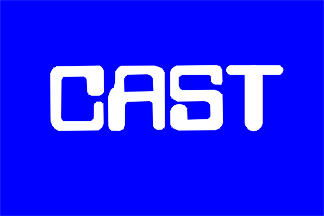Specific Item Information: The AR Tower kit is based on the AR (“Allegheny Ridge”) Tower that still stands in Gallitzin, Pennsylvania at the summit of the Pennsylvania Railroad’s (PRRs) Allegheny Mountain crossing. It was put into service on October 2, 1909 in an effort to consolidate the control of AR, UN, SF, and BF interlockings and was primarily used to protected the loop track for helper locomotives heading back to Altoona. AR Tower was closed in 1995 when its operations became remotely controlled from Harrisburg. The original flat roof of this tower was replaced by a hip roof in the 1960’s. Both the flat and hip roof options and the Compressor Shed are provided in this kit. A prototype Color Photo Sheet has also been included to be used as a reference for coloring and “modernizing” this structure. The laser-cut self-stick "American Bond" brick and slate pieces featured in this kit are created from our Model Builder’s Supply Line styrene building sheets. In addition, the foundation pieces are created from Taskboard®, a new wood fiber building material that is also part of our Model Builder’s Supply Line. Our thanks to the Pennsylvania Railroad Historical and Technical Society for providing the prototypical information used to develop this kit. N Scale Model Area: 4"(L) x 2"(W) x 3"(H)
Road Name History: 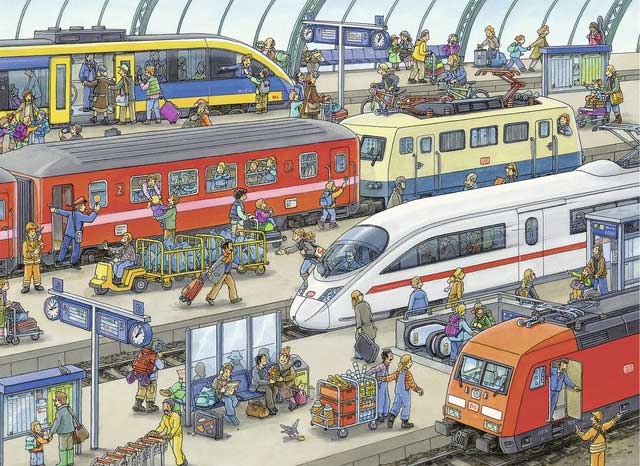 Railroad structures include but are not limited to stations, depots, yard offices, interlocking towers and tanks. A train station, railway station, railroad station, or depot is a railway facility where trains regularly stop to load or unload passengers or freight.
Railroad structures include but are not limited to stations, depots, yard offices, interlocking towers and tanks. A train station, railway station, railroad station, or depot is a railway facility where trains regularly stop to load or unload passengers or freight.
It generally consists of at least one track-side platform and a station building (depot) providing such ancillary services as ticket sales and waiting rooms. If a station is on a single-track line, it often has a passing loop to facilitate traffic movements. The smallest stations are most often referred to as "stops" or, in some parts of the world, as "halts" (flag stops). Stations may be at ground level, underground, or elevated. Connections may be available to intersecting rail lines or other transport modes such as buses, trams or other rapid transit systems.
From Wikipedia

It generally consists of at least one track-side platform and a station building (depot) providing such ancillary services as ticket sales and waiting rooms. If a station is on a single-track line, it often has a passing loop to facilitate traffic movements. The smallest stations are most often referred to as "stops" or, in some parts of the world, as "halts" (flag stops). Stations may be at ground level, underground, or elevated. Connections may be available to intersecting rail lines or other transport modes such as buses, trams or other rapid transit systems.
From Wikipedia
Brand/Importer Information: The N Scale Architect was founded in 1991 by Russ Kaufman who has been active in model railroading since the early 1970s. Although many model railroaders received a Lionel Train as their first train set, Russ and his brother Bill were bitten by the model railroad bug in the form of an Aurora N-Scale set.
Russ started The N Scale Architect based on the encouragement of fellow modelers who thought that the plans he had drawn up for scratch building over the years might be enjoyed by others in kit form. The first kits featured detailed step-by-step instructions with hand drawn illustrations and plastic templates to be used for cutting the various pieces. This tradition of high quality instructions continues with the addition of "in-process" and color photos and, thanks to better computer aided programs, more detailed drawings. These templates have been replaced with laser-cut micro-plywood pieces along with the addition of many detailing castings which are now also available separately as part of their "Making A Scene" product line.
Russ started The N Scale Architect based on the encouragement of fellow modelers who thought that the plans he had drawn up for scratch building over the years might be enjoyed by others in kit form. The first kits featured detailed step-by-step instructions with hand drawn illustrations and plastic templates to be used for cutting the various pieces. This tradition of high quality instructions continues with the addition of "in-process" and color photos and, thanks to better computer aided programs, more detailed drawings. These templates have been replaced with laser-cut micro-plywood pieces along with the addition of many detailing castings which are now also available separately as part of their "Making A Scene" product line.
Item created by: CMK on 2020-06-04 00:53:55. Last edited by CMK on 2020-06-04 00:53:56
If you see errors or missing data in this entry, please feel free to log in and edit it. Anyone with a Gmail account can log in instantly.
If you see errors or missing data in this entry, please feel free to log in and edit it. Anyone with a Gmail account can log in instantly.


